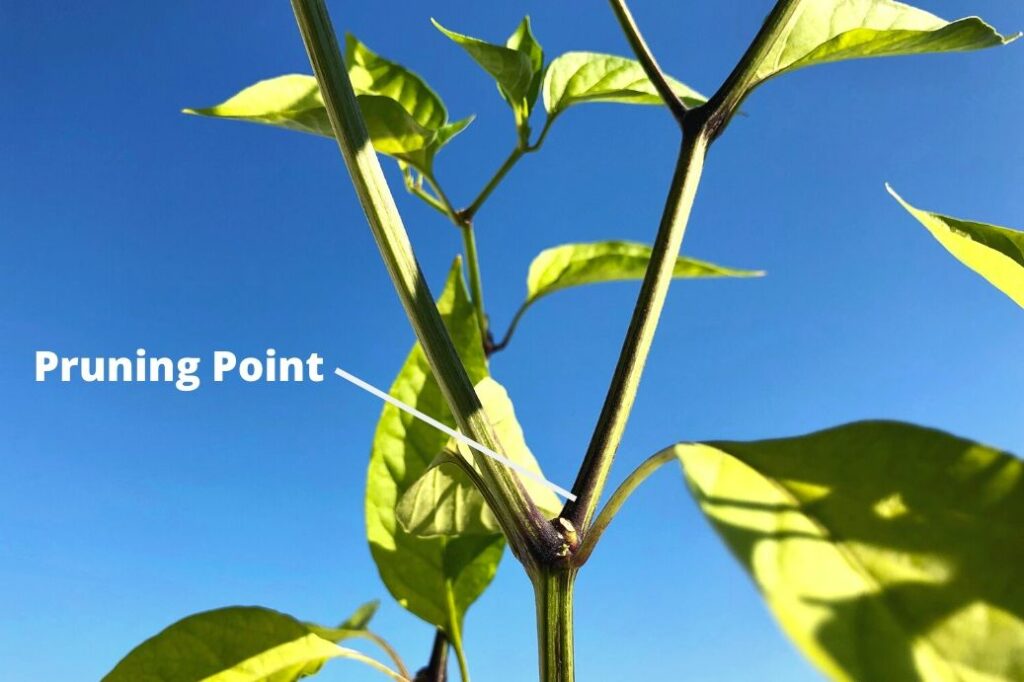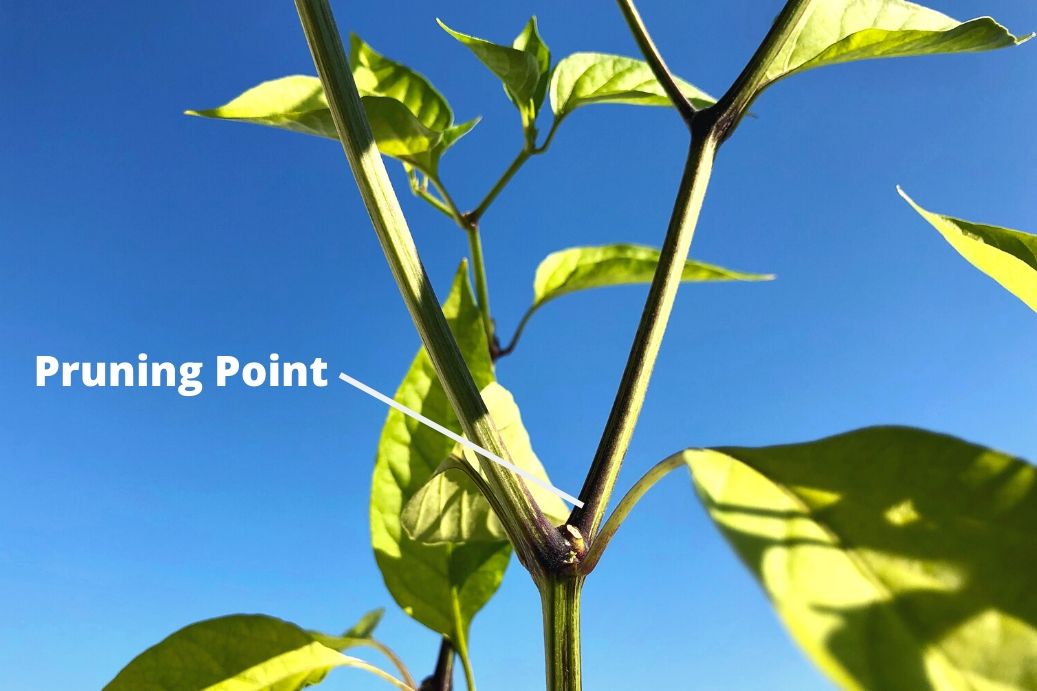Growing pepper plants in Canada can be a rewarding experience, even with a shorter growing season. One of the key techniques to ensure healthy growth and maximize yields is proper pruning. Pruning peppers not only helps manage their size and shape but also encourages better airflow, sunlight penetration, and fruit production. In this post, we will guide you through the process of pruning pepper plants in Canada, highlighting the considerations specific to the region’s shorter growing season.

Understanding the Benefits of Pruning Peppers:
Pruning pepper plants offers several advantages, especially in regions with a shorter growing season. By removing unnecessary foliage and branches, you can redirect the plant’s energy towards fruit production. Pruning also helps in disease prevention by improving airflow and sunlight exposure, which can be crucial in cooler climates. Additionally, it allows for better plant management and access for pest control.
Timing is Key:
In Canada, where the growing season is comparatively shorter, timing plays a vital role in pruning pepper plants. Begin pruning once the plants have established a sturdy framework and are about 6-8 inches tall. Avoid pruning too early, as it can stunt growth and reduce overall yields. Remember to consider the average last frost date in your specific region before initiating any pruning.
Identifying the Right Branches to Prune:
When pruning pepper plants, focus on removing specific branches to optimize growth. Look for the following types of branches to prune:
Suckers: Suckers are the small shoots that emerge from the leaf axils, where a leaf meets the stem. These suckers can divert energy away from fruit production, so it is recommended to remove them.
Diseased or Damaged Branches: Prune any branches showing signs of disease, pest damage, or wilting to prevent the spread of infection and ensure the plant’s vitality.
Lower Foliage: As the plants grow taller, the lower leaves may start to yellow or become shaded. Remove these lower leaves to enhance airflow, reduce the risk of disease, and direct energy towards upper foliage and fruit.
Pruning Techniques: Pruning peppers effectively, follow these techniques:
- Use clean and sharp pruning shears or scissors to avoid damaging the plants.
- For suckers, grasp the base with your fingers and gently twist or snap them off to prevent tearing.
- Trim branches just above the bud or leaf node to encourage new growth from that point.
- Maintain an open vase shape by pruning branches that cross or rub against each other.
- Aim to maintain a balance between foliage and fruit-bearing branches, allowing sunlight to reach the developing peppers.
Aftercare and Maintenance:
- After pruning, ensure you provide adequate care to your pepper plants throughout the growing season:
- Monitor watering needs and maintain consistent soil moisture, as pepper plants require regular irrigation.
- Apply a balanced organic fertilizer to support healthy growth and fruit development.
- Stake or provide support to the plants to prevent them from bending or breaking under the weight of fruits.
- Regularly check for pests or diseases and take appropriate measures to protect your plants.
If you need more information check out this video by Epic Gardening for more.
Pruning pepper plants in Canada’s shorter growing season is a crucial step to maximize yields and ensure healthy plant growth. By understanding the benefits of pruning, identifying the right branches to remove, and using appropriate techniques, you can promote airflow, sunlight penetration, and disease prevention. Remember to time your pruning correctly and provide necessary aftercare to support your pepper plants throughout their growth. With proper pruning, your pepper plants will flourish and provide a bountiful harvest, even within the limitations of a shorter growing season. Happy pruning and happy gardening!

Leave a Reply